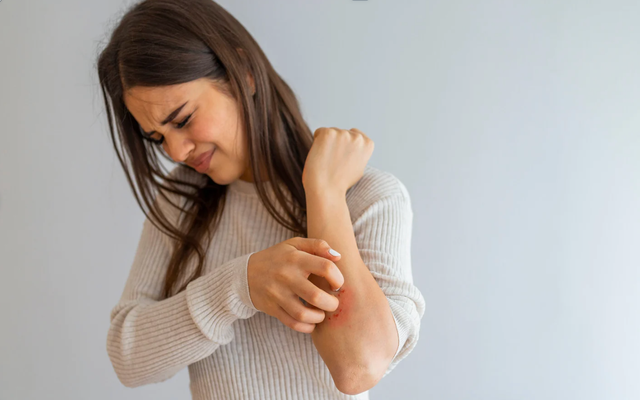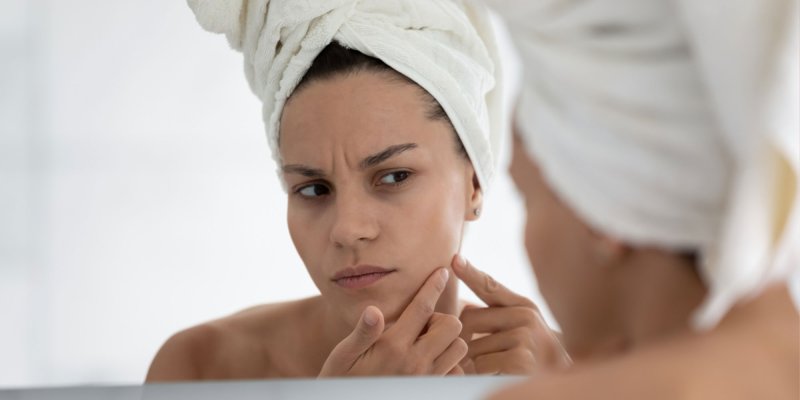Folliculitis in Elderly Individuals: Beauty Tips & Solutions
The challenges associated with folliculitis in elderly individuals are not just clinical but also aesthetic. For beauticians, understanding the nuances of this condition is crucial for offering effective solutions. This guide provides insights into managing and treating folliculitis, tailored especially for professionals in the beauty industry.

Understanding Folliculitis
To craft effective treatments, it's vital to understand what folliculitis is. Essentially, folliculitis is an inflammation of the hair follicles, often appearing as small, white-headed pimples around hair follicles. While it can occur on any skinned surface, it often emerges on the scalp, face, and neck.
Folliculitis becomes more prevalent among the elderly due to factors such as a decrease in skin elasticity and moisture, as well as more frequent skin irritation.
Causes of Folliculitis in Elderly
Numerous factors can contribute to the onset of folliculitis in older individuals. These include:
- Thinner Skin: With age, the skin begins to thin, making it more susceptible to infections.
- Weaker Immune Response: Aging affects the immune system, reducing its ability to fend off bacteria and infections.
- Medications: Some medications that are more frequently taken by older adults can contribute to the development of skin infections.
- Dry Skin: The natural oils decrease with age, leaving the skin dry and prone to irritation.
For a detailed understanding of folliculitis, the American Academy of Dermatology provides an extensive overview.
Beauty Solutions and Tips
Given the nature of folliculitis, natural and gentle beauty solutions are recommended. Here are some tips:
Gentle Cleansing:
Recommend gentle, hypoallergenic cleansers that do not strip away all natural oils. Regular cleansing helps maintain skin health and prevent infections.
Moisturizing:
Advise using moisturizers with natural ingredients, like avocado oil, known for its nourishing properties. Learn how to use avocado oil for skin and other health benefits.
Avoiding Irritants:
Encourage clients to avoid products with fragrances or alcohol, which can exacerbate dryness.
Regular Exfoliation:
A gentle exfoliating routine can help clear dead skin cells, reducing the risk of clogged follicles.
For more personalized skin care advice, visit this informative blog on identifying different types of folliculitis.
Scalp Care for Elderly Clients
Folliculitis on the scalp requires specific care techniques. Consider these strategies:
Use Anti-dandruff Shampoos: These shampoos help in reducing the origins of folliculitis by keeping the scalp healthier.
Minimize Heat: Recommend limiting the use of hairdryers or styling tools to avoid stress on the hair and scalp.
When to Seek Medical Help
While beauty tips provide symptomatic relief, persistent folliculitis might require medical intervention. Advise clients to consult a dermatologist if:
- The rash persists or worsens.
- There are signs of infection, such as pus, swelling, or heat.
- It affects their quality of life significantly.
Another valuable resource for understanding the medical aspects of this condition can be found on Medscape.

FAQs
Does folliculitis often recur in the elderly?
Yes, folliculitis can recur, especially if underlying factors like dry skin or weakened immunity are not addressed.
What natural remedies are safe for older skin with folliculitis?
Natural oils such as avocado or coconut oil can soothe inflammation. Always do a patch test or consult experts before new treatments.
How can age-related skin changes be managed?
Regular hydration and gentle skincare routines can help minimize age-related skin changes. Adopting healthier lifestyle habits is also beneficial.
Beauticians play a crucial role in both managing and alleviating the cosmetic concerns of folliculitis in elderly individuals. Through a combination of gentle skincare, professional advice, and medical intervention when necessary, the appearance and health of affected skin can be significantly improved.

